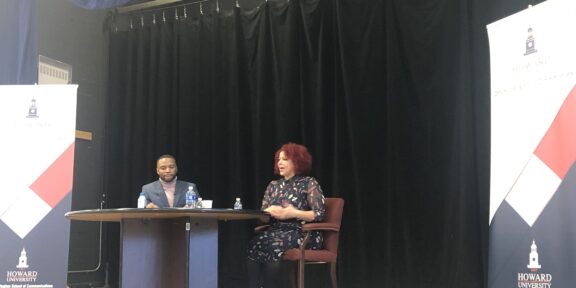Maya Thurston, Howard University News Service
In regards to learning the language and culture, immigrants can often be left to their own devices when arriving in the United States. According to the Public Policy Institute of California , six percent of arriving immigrants of the United States speak English before they arrive. Fortunately enough, for school age immigrants put in the public school system, they are assisted by their institutions to learn English.
Immigrant children are referred to as English as a Second Language (ESL) or English language learners (ELL) students. The assignment happens under the assumption that the students are unable to communicate fluently or effectively in English and require additional English language support to develop reading, writing, and speaking skills. The National Center of Education Statistics reports that as of 2017, ten percent of students around the nation are English Language Learners. In Maryland specifically nine percent of the student population are enrolled in ESL programs. Unfortunately, Spanish is the primary language of these programs and often exclude other languages.This exclusion occurs from the ignorance of public policy that disregards immigrants from non – Spanish speaking countries.
To aid in the assimilation of these students, they are supplied ESL teachers and faculty to cover all aspects of English language along with encouraging students to reach their learning goals. Jaydis Jones, an American Towson university education major, recalled the resources available to educators. Jones reports that her “teaching courses provided her with digital educational books and not much else” to use for the classroom. Unfortunately, Jones said many resources were only limited to Spanish.
Owings Mills, Maryland, a part of the Baltimore County Public School system, equips its immigrant population with the faculty to assist in learning goals starting at a very young age. Amanda McKinney, a second grade teacher, reveals that her current student, a Honduras native, “relies on the resources of the school system” to understand English and American culture.
Outside of the traditional classroom, programs such as TEFL , which teach English to foreign language speakers online and internationally, provide certified instructors with the resources to teach English properly. Akeia Spring has completed her certification and takes great gratification in teaching the language to non-speakers. Spring describes the biggest breakthrough as when a student’s ability to reapply and be considered for a job he was once denied before taking her classes. “It is a thrill to open the world up to people that have limited chances,” Spring said.













